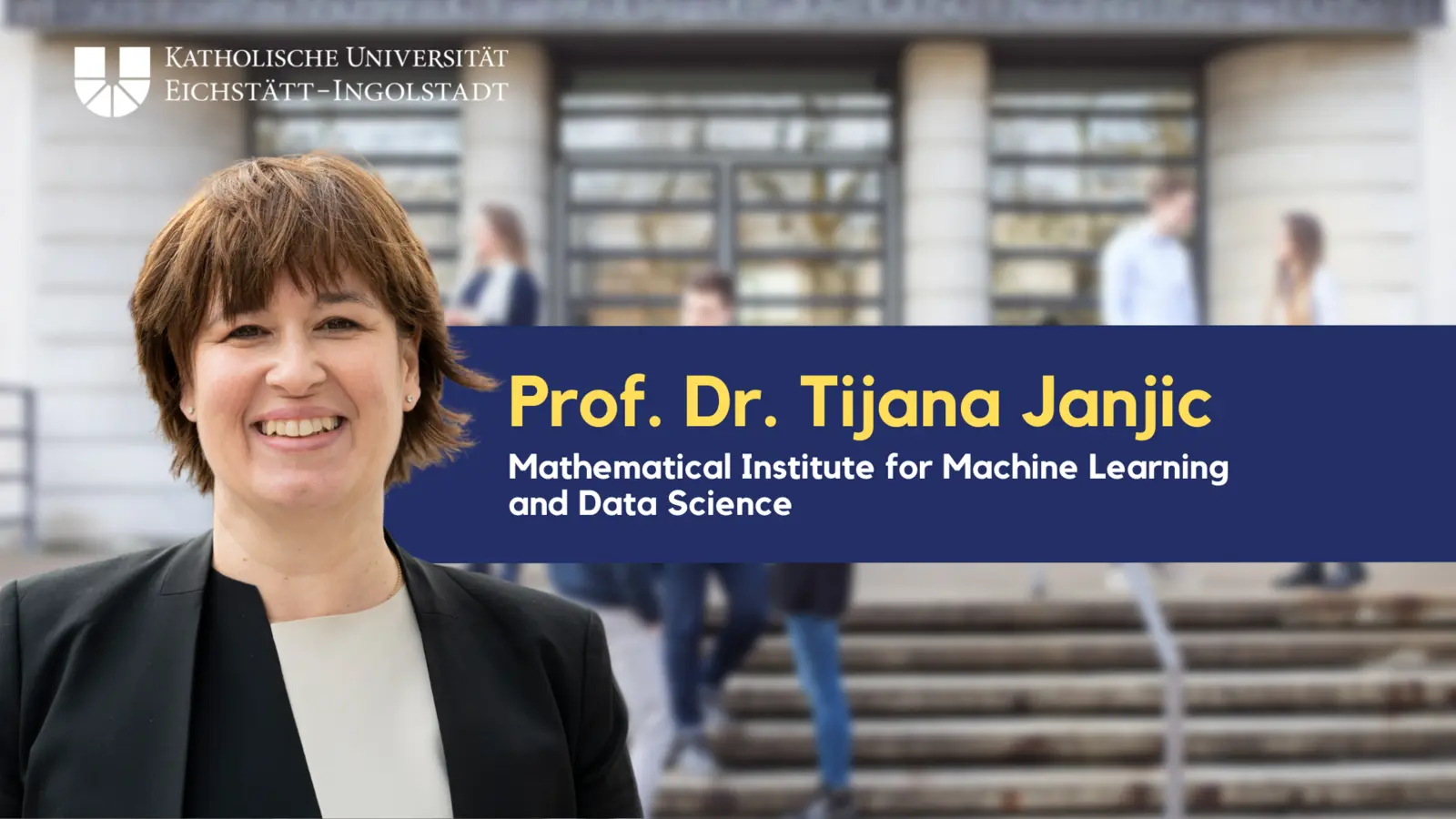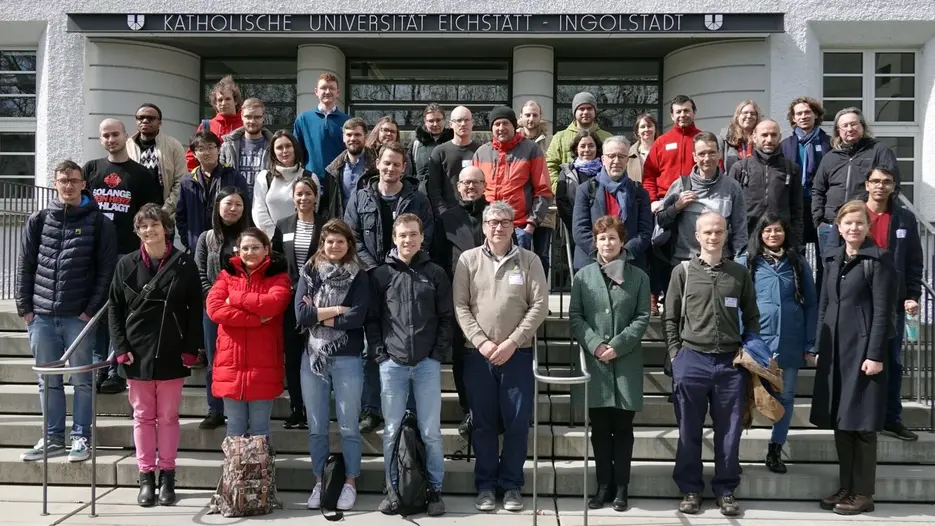The workshop on scale interactions, data-driven modeling, and uncertainty in weather and climate was jointly organized by the CRC 181 “Energy transfers in Atmosphere and Ocean” and W2W. It took place at the Mathematical Institute for Machine Learning and Data Science in Ingolstadt from 27-30 March 2023.
The workshop was attended by about 80 participants from both CRCs, as well as by international scientists from the US, Italy and the UK (ca. 50 in person and ca. 30-50 online from all over the world). The topics covered were: uncertainty quantification and predictability, parametrizations and structure-preserving and invariant-conserving schemes, data-driven modeling and machine learning, data assimilation, waves in atmosphere and ocean, as well as wave-vortex interactions. Guest speakers included Rosimar Rios-Berrios (NCAR), Ted Shepherd (Univ. Reading) and Michael Gil (ENS, UCLA). The Early Career Scientists were active participants, e.g., they chaired the sessions.
The poster session on the first evening was very lively and the different communities (weather, climate, mathematics, ocean science, atmospheric science) met and discussed common methods and challenges, in an attempt to link recent advances in these areas and present new developments in the underlying theories, methods, and parameterizations. The poster session took place in a historical building of Hohe Schule Ingolstadt which served as a main building from 1503 till 1800 of first University in Bavaria (later LMU).
In addition to the poster session, the participants had plenty of occasions to exchange about their results during coffee breaks, as well as during social events that included the conference dinner and a visit of the medical museum. To those who are familier with the book from Mary Shelley will remember that Victor Frankenstein’s studied in Ingolstadt at University of Natural Sciences.
The slides and videos of the presentations are available here.
Childcare was organized during the meeting for two children of participants.
Text by Dr. Audine Laurian (LMU)




